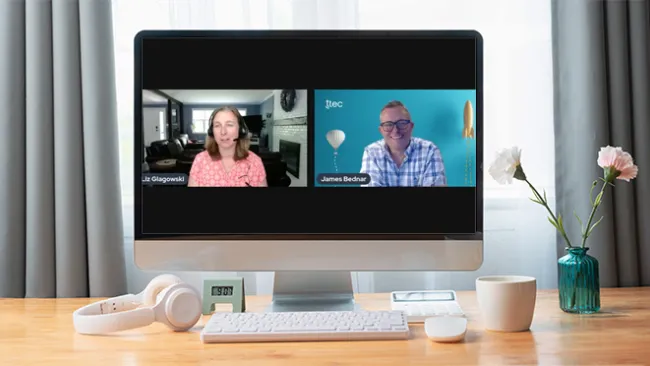AI-powered bots are infiltrating the contact center—but not in the way most media reports have predicted. Instead of replacing human associates, intelligent virtual assistants (IVAs) are helping associates work faster and more efficiently, and ultimately increase customer satisfaction. And so, the question that most executives face is not whether to use IVAs/bots, but rather, how to integrate them effectively and efficiently in a partnership with employees.
Aragon Research forecasts that digital labor, including the use of bots, will become a key feature in contact centers. The research firm identified three key reasons behind the emergence of the AI-based contact center:
- Customer expectations are rising faster than enterprises can respond
- Customers expect personalized and consistent experiences
- Natural language processing enables understanding sentiment and predicting the reason for customer engagement
Simply put, customers expect fast, personalized service. However, most customer-facing bots today are highly scripted with limited capabilities. And even with advances in natural language processing, the majority of bots are stymied by complex, non-routine requests. As a result, the customer must try to reach a human associate and start all over again, resulting in a very poor customer experience.
Enter Associate Assist. In this scenario, artificially intelligent IVAs provide human associates with suggestions/recommendations and increase efficiency. The IVA monitors the conversation between an associate and a customer over text or voice and pulls suggestions from the knowledge base and other systems in real time.
The associate can reject or accept the suggestion and decide whether to personalize the response before sharing it with the customer. The associate also rates the IVA’s suggestions, providing feedback that the bot learns from for continuous improvement. Meanwhile, the customer is not aware that a bot is involved in the conversation. The customer is simply having a conversation with an associate who is able to respond quickly and efficiently.
Instead of subjecting customers to long wait times, services like Associate Assist enable associates to obtain straightforward answers to customer questions instantly and accurately, while reducing call time, and improving resolution rates and quality of service. What’s more, associates are an ideal group to test and train the bot as opposed to customers.
In a similar scenario, customer-facing bots could take care of routine tasks for human associates. The bot could authenticate the customer, identify the customer’s goal, and collect other relevant information before handing the interaction off to a human associate to resolve. This approach frees associates from mundane tasks, such as entering the customer’s information, and allows them to focus on the conversation and delivering value.
An AI/human future
The key to integrating IVAs/bots into the workforce is identifying opportunities that play to the technology’s strengths—perusing data and identifying patterns—instead of trying to mask its weaknesses. The reality is while AI, chatbots, and virtual assistants are becoming an integral part of our daily lives, it’s not realistic to assume that these technologies can simply replace human capabilities. As contact centers evolve to address changes in customer expectations, the enterprises that deliver a seamless customer experience win every time.
How does your customer experience strategy stack up? Take our quiz to find out.

















